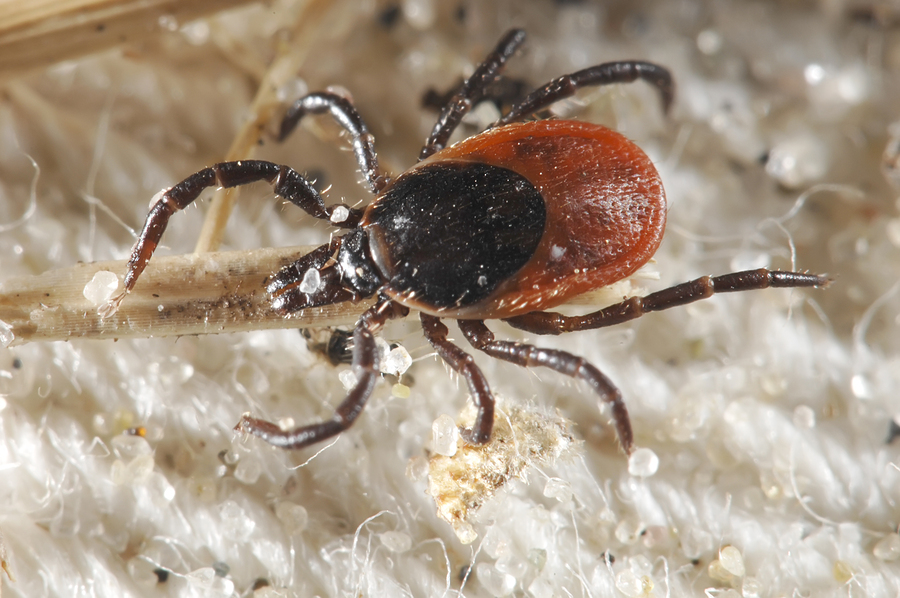A 20-member panel of leading ocean scientists has concluded that global carbon dioxide emission are causing ocean acidification that could become a catastrophic problem worldwide. The panel, which presented their findings on April 4, was convened in 2013 at the request of state government officials. Their report states that “permanent and alarming changes” are impacting ocean chemistry, particularly along the West Coast, and that the threat requires a coordinated regional management strategy to resolve.
The issue results from the ever-increasing amounts of carbon dioxide being pumped into the air through human activities. Ocean waters absorb the gas, resulting in chemistry changes that cause ocean acidification and hypoxia, which is a lack of oxygen in the water. The report explains that the effects of ocean acidification will affect ecosystems into the future. “The scenario is that we’ll see a food web that’s radically different to today’s, and it won’t be able to support the kind of fish we value as a society,” said panel co-chair Dr. Francis Chan of Oregon State University.
The West Coast ocean waters are particularly susceptible to rising acidity levels because of ocean currents. Coastal upswelling churns low-oxygen, high CO2 water to the surface from deep in the ocean. This water is nutrient filled, and those nutrients fortify the water, triggering organic growth that sinks to the bottom as it dies, producing more CO2 and lowering oxygen levels even further.
As the oceans become increasingly acidic, certain creatures cannot survive. For instance, the shells of sea butterflies, which are a type of swimming snail that provide food for salmon and many other commonly consumed fish, are dissolving.
West Coast communities are endangered due to primary economies centered around fisheries. Washington state is already finding that shelled organisms are seeing high mortality rates due to difficulties forming their protective outer shells. The crisis is prompting the governments of Oregon, Washington, California and British Columbia to work with scientists to mitigate the effects.
The researchers have some solutions. Planting kelp beds and other seagrasses could help remove CO2 from the water. These plants use carbon dioxide to produce more seagrass and reduce the impact of ocean acidification. Chan says that, although this solution has a high chance of success, it may not work everywhere, since every coastline is different.
Chan remains optimistic. “What’s really kept us going is the receptivity of the decision makers at the state level. The governor has a clear interest in working with us, and legislators also want to know, ‘What are the things we can do, right now?’.”










